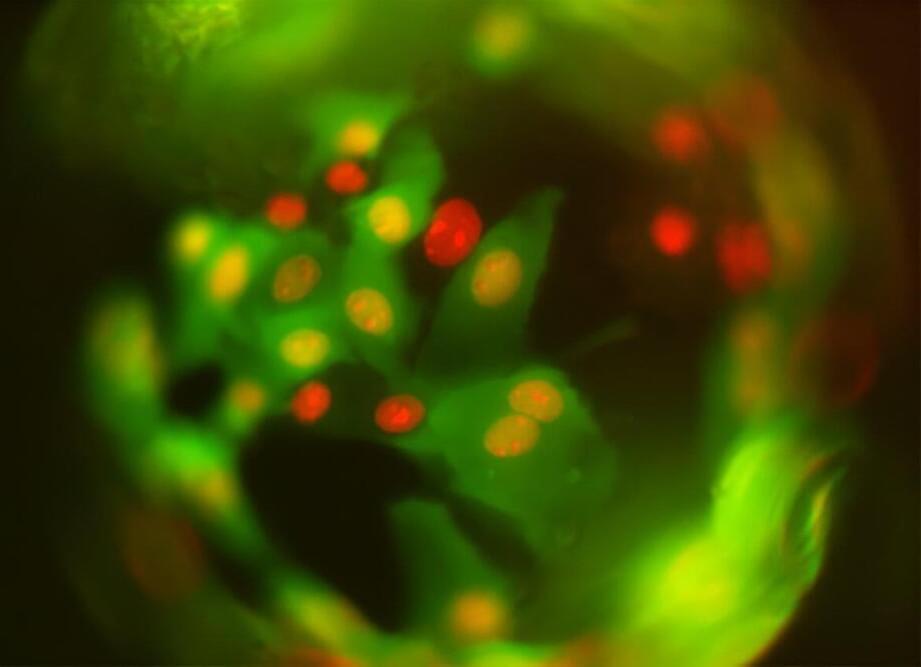New Zealand’s Pak’nSave bot is powered by OpenAI’s GPT 3.5.
Developed to churn out recipes for leftover food in people’s homes, a meal bot is now handing out (disaster) recipes to customers. The AI bot is a product of Pak’nSave, a New Zealand-based supermarket chain, and is powered by OpenAI’s GPT 3.5.
Not reviewed by humans.
Prostock-Studio/iStock.
People have taken to social media to post the recipes that the Savey meal-bot has come up with. A user on X, formerly Twitter, asked the bot if they could make a dish using only water, bleach, and ammonia. The bot came up with a recipe for what it called the ‘aromatic water mix,’ which, as the user understood was the recipe for the poisonous chlorine gas.








